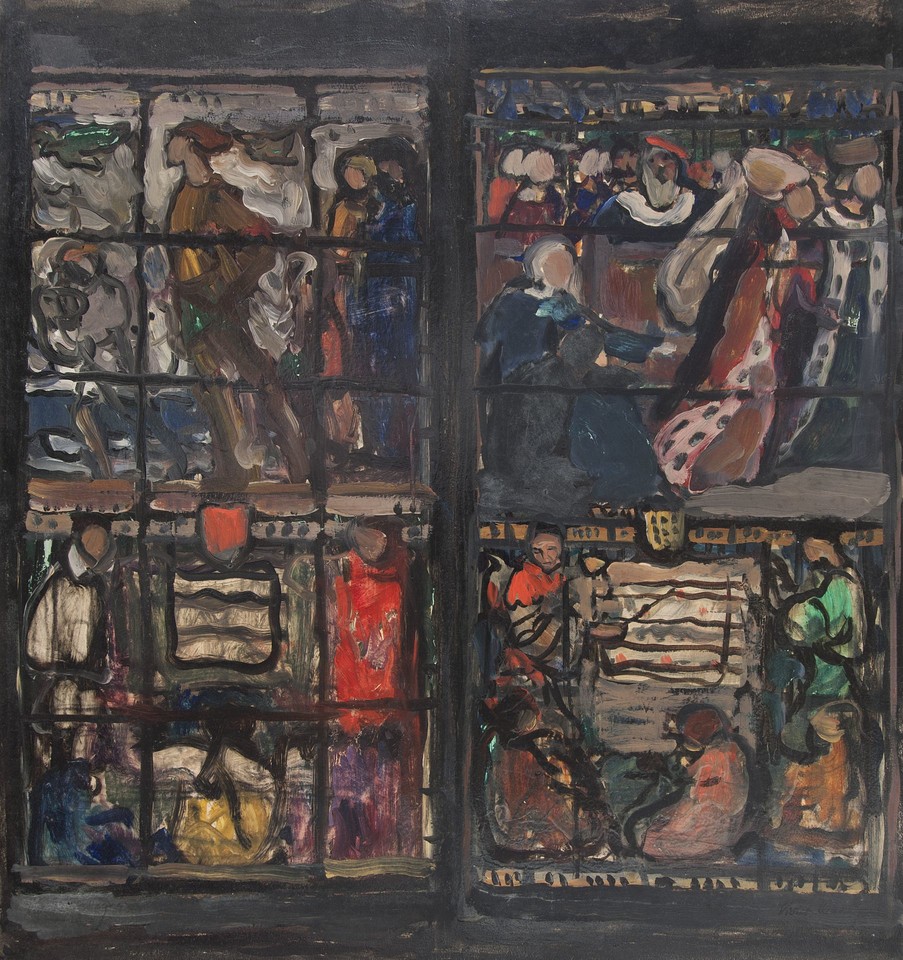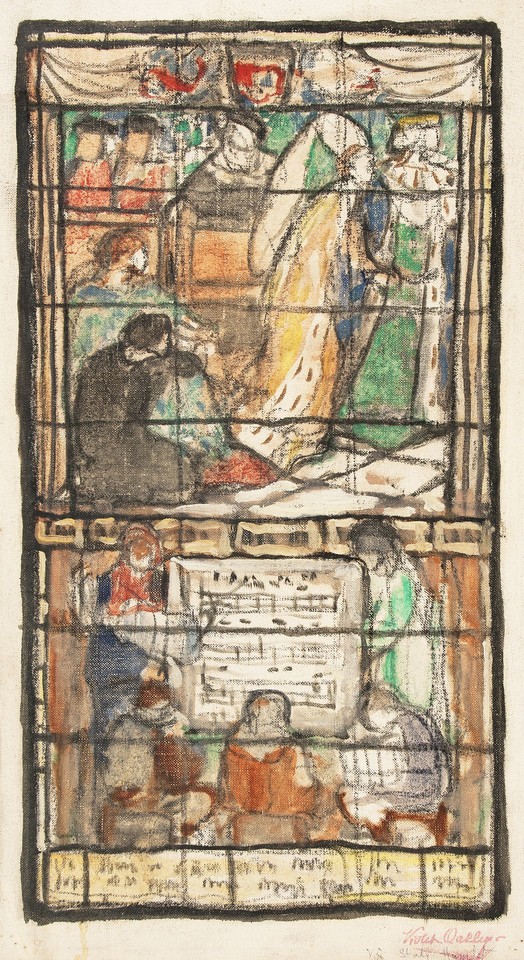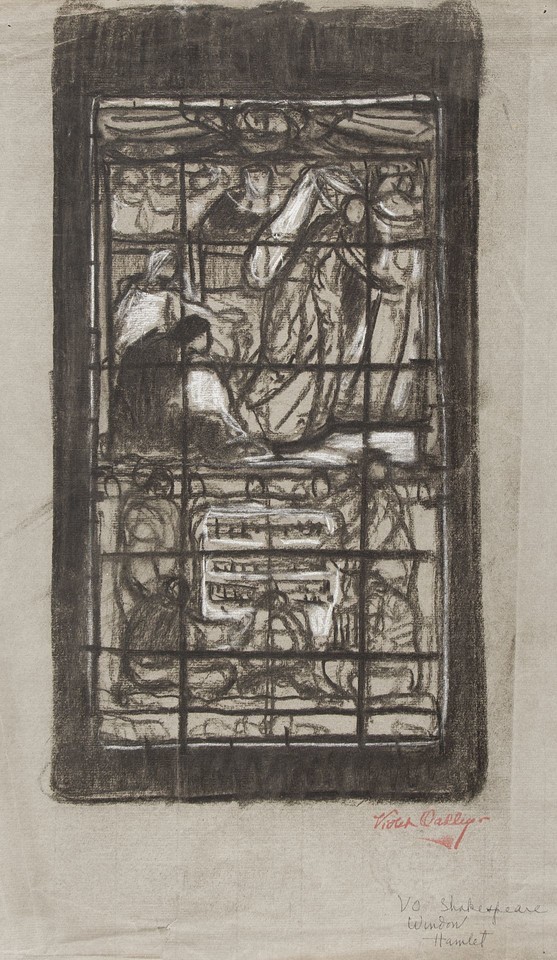Works in Woodmere's Collection

Composition studies for "Tempest" and "Hamlet" stained glass windows, Henry C. Gibson House
Stained Glass Windows
View


Composition studies for "Tempest" and "Hamlet" stained glass windows, Henry C. Gibson House
Stained Glass Windows
View
Study for Ophelia and Hamlet, "Hamlet" stained glass window, Henry C. Gibson House
Stained Glass Windows
View






